Human activity affected nature by changing the environment: where once there were steppes, forests and swamps, houses appeared, roads and agricultural lands grew. Man domesticated plants and tamed animals for food and other needs, for many people animals have become pets.
Domestication is the domestication of wild species. tamed for wool, milk, eggs and meat, or for farm work. Today, there are a huge number of domesticated animals that have been domesticated at different times and for different purposes. Here are some tamed animals that we used to think of as pets and have already forgotten that they were once wild.
However, Orientalists have the right to be more receptive than their European counterparts to the current composition of dogs around the world. Because, while today's eastern canines are often the true heirs of the earliest domesticated breeds in the region, modern European dogs mix with races of eastern origin. This is a consequence of migrations between East and West, which took place in prehistory, and also the reason that this issue is so difficult to solve today.
Animal domestication is rare, and we need a lot of evidence to redefine the assumption that it only happened once in a single species. The dog was the first domesticated animal and the only one before the first agricultural crops and agricultural settlements that began the Neolithic. Some scholars have even stated that the first dogs were domesticated in wolves over thousands of years, in the complete Paleolithic. However, the first remains of dogs that do not allow controversy date back thousands of years in Europe and 500 years ago in East Asia.
Dogs: from 12,000 l. BC.
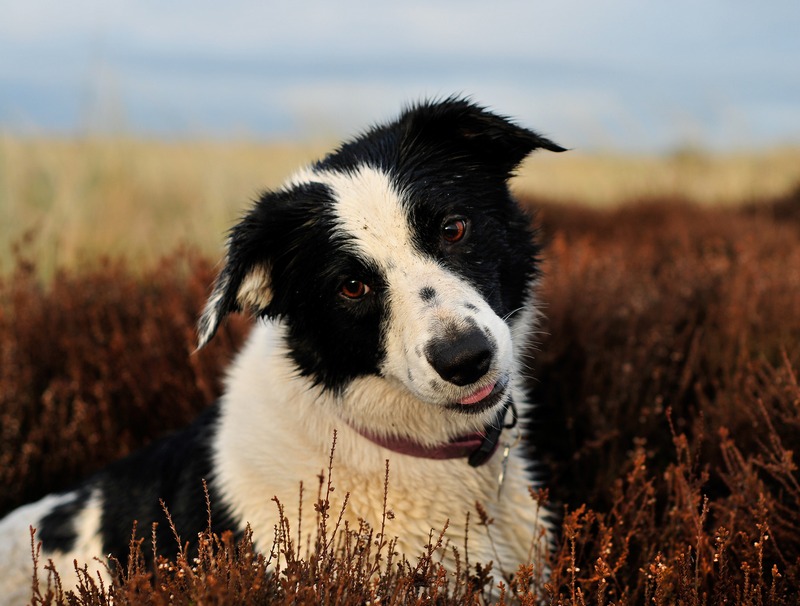 john malley
john malley
One of the first tamed animals were their offspring dogs. The earliest known evidence of a tamed dog is its jawbone, which was found in a cave in Iraq. It differs from the wolf in that it has smaller jaws and teeth. Breeding affects species fairly quickly, and it is a natural process for humans, but it is likely that the first cases of domestication were accidental, not intentional.
Data from a coordinated study at Oxford now show a clear division between European and Asian dogs such as the Siberian Husky, Tibetan Mastiff, and several specimens analyzed between the current street dogs of Tibet and the villages of southern China. The genetic clock of dogs is far from being fully developed and successful.
Domestication that has only happened once can reflect an extremely incredible phenomenon, although it is so rewarding that it eventually spreads to all cultures. But if it happens twice, it may indicate a simple process, something that is so close to what is happening in nature that a push is enough to make it happen. This shows the huge benefit of having an old canine. The same thing happened with the study of human evolution from the first Neanderthal genome. We will soon see more fossil genomes from other native species.
Images in Egyptian paintings and sculptures, Assyrian and Roman mosaics, prove that by that time, these civilizations had many dogs of various shapes and sizes. One Roman writer of the same period even gave advice on the choice of dog color: shepherd dogs should be white (to distinguish them from wolves in the dark), but farm dogs should be black (to frighten thieves).
They were probably Asiatic wolves, the ancestors of the domesticated dogs we know today. This theory takes into account that during the long domestication there were some changes in the physical condition of the wolf. The skull was shortened, the jaws were shortened, and the teeth too, and the coat gradually changed color as a result of changes in his diet. There are also those who defend the idea that the dog's real ancestors were hyenas or jackals, but there is no evidence in archeology or genetics.
Our Supermen The partnership between men and animals is very old. What if we pick up one of them? Useful as a means of transportation and in agriculture, the animal also proved to be an effective equipment of war: soldiers on horseback had a great advantage over fighters on foot. They have always found it easy to support animals because, after all, they eat everything, mostly from human food.
Sheep and goats, pigs and cows: 9000-7000l. BC.
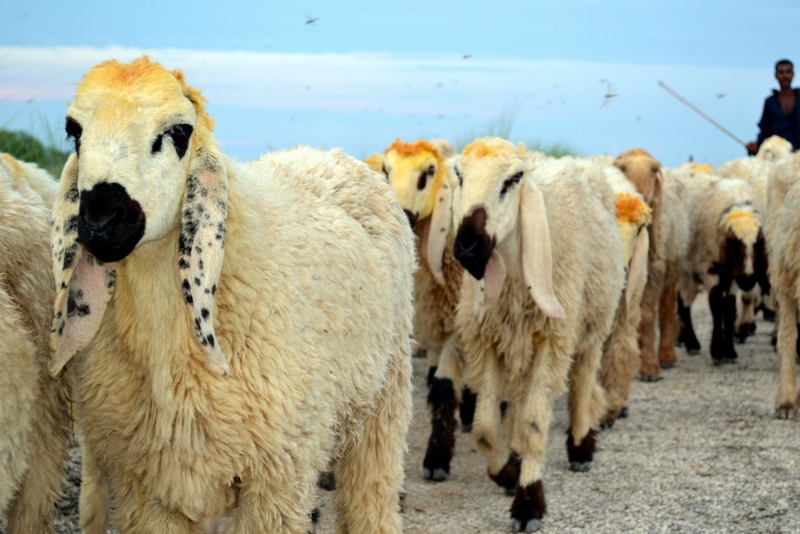 Bibrak Qamar
Bibrak Qamar
Soon after dogs, among the tamed animals, goats, sheep, cows and pigs appear. The first sheep were domesticated as a food source in the Middle East. Later, goats and sheep became permanent animals of nomadic pastoralists - tribes who move throughout the year with their herds, guided by the availability of fresh grass.
It is assumed that their ancestors were wild boars and wild pigs. In the case of chickens, this occurred in the region known today as Indochina, when groups of hunters took to their villages several species of birds found in the forest. From there, the morbid began to serve as a stable source of food.
The domestication of animals is a critical step in human evolution. When domesticated, animals will provide human civilization with the opportunity to develop. This domestication disrupted the evolution of many animal species. The person, curious and eager to experiment, tried very unusual taming. Many attempts have been abandoned.
Cows and pigs are more associated with sedentary communities. According to historical data, the pig was first domesticated in China. During life, these animals provided people with milk, meat and manure. When they died, leather and wool were used for clothing; horns and bones for sharp objects (needles and arrows); grease for tallow candles; hooves for glue.
Where does the term "household" come from?
In ancient Semitic languages, it is not found in relation to animals. The animals are sometimes called "familiar", sometimes "submissive." Real domestication followed small-scale farming. The term domestication has been used from the moment it is a group of animals that are controlled and crossed. Then selection is aimed at obtaining a breed suitable for breeding.
Why did this man domesticate the wolf?
This domestication predates the domestication of other animals by several thousand years. Wolves and men share the same territory. In fact, nobody knows this. It is believed that intimacy simply facilitates contact. Perhaps a person has observed the methods of hunting a wolf? Perhaps he also took on young orphans? Cubs could be bred or even breastfed by a woman.
Oxen and buffaloes: from 4000 liters. BC.
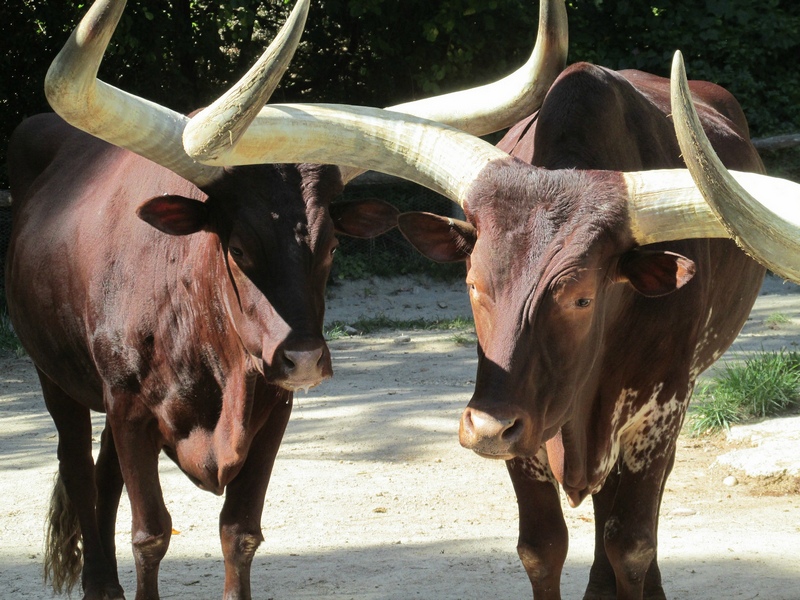 Jennifer McLeod
Jennifer McLeod
Of the four main agricultural groups of animals, cattle represent the most significant development in village life. Brute willpower is a great addition to a person's muscular strength. At first, they carried sleds, and somewhat later, plows and wheeled carts (almost simultaneously in the Middle East and Europe). In India and Southeast Asia, buffaloes were used as cargo animals.
Grey Wolf. website. Then the wolf became a hunting assistant. Over time, our ancestors made a choice for domesticated people. From reproduction to reproduction, the wolf gradually lost some of its wild abilities in order to evolve to a dog. Since the Paleolithic, wild horses have hunted for meat.
Breastfeeding Wild Animals
Feeding animals by women is not exceptional. In parts of Siberia, in the Amazon, Tasmania and Africa, women still breastfeed animals frequently. They feed puppies, highlander, monkeys or deer. In 19th century France, puppies fed women to relieve them of too much milk or, conversely, to facilitate the growth of milk.
Cats: from 3000 liters. BC.
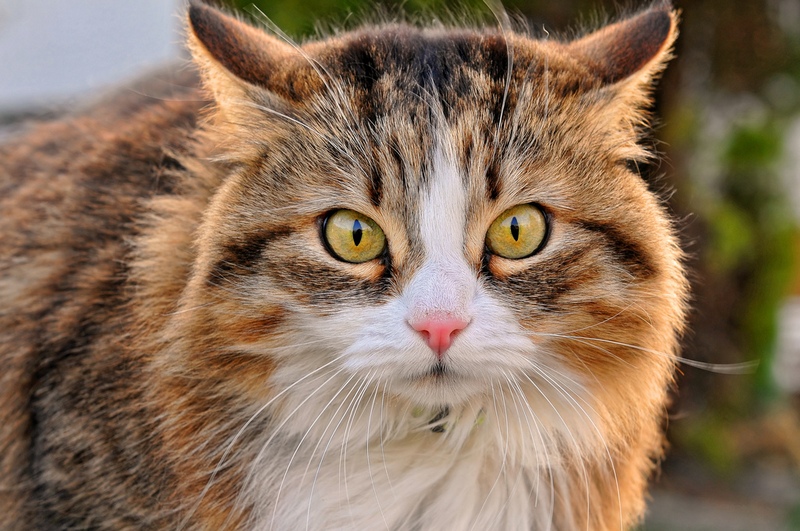 Tambako the jaguar
Tambako the jaguar
Cats stayed away from people for a long time. Their lonely lifestyle (not herd or group) helped a lot in this. Cats were attracted to the food and shelter they could find in human settlements. After domestication, cats spread rapidly and increased in number due to their high breeding rate. In many cultures and religions, cats were considered sacred. For example, in Egypt, where they were even mummified. In folk stories different nations the cat was a natural companion of man.
Thus, we can conclude that the first step in taming a wolf in the Paleolithic was taming the cube in the first weeks of life. Physical contact is an effective means of domestication. It is always followed by the attachment of the animal to man.
The only animal with artificial life
No animal species can be considered definitively domesticated. Every year hundreds of dogs are abandoned on vacation. Many dogs gather in packs and go wild again. The media never talks about it. But the result of all these refusals by completely irresponsible people is to attack several thousand sheep every year.
Horses: from 3000hp BC.
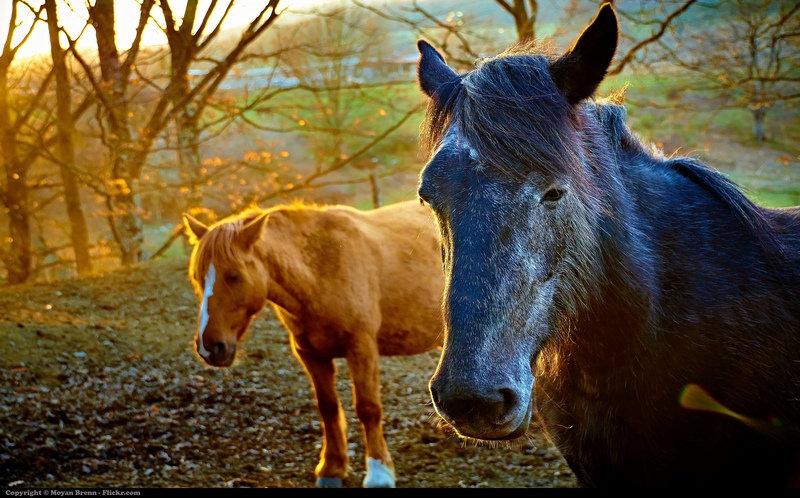 Moyan brenn
Moyan brenn
Humans found their most important ally in the animal kingdom when they domesticated the horse. Wild horses of various species had spread throughout much of the world by the time human history began. Their bones were found among the remains of early human food, and they are depicted in cave paintings with other animals. Some of the earliest fossils have been found in America, but since then they have become extinct on this continent.
Eggs hatch only at a certain temperature; the larva feeds on mulberry leaves that the person provides; the butterfly lives only a few hours to reproduce. If one day a person is no longer interested in exploiting natural silk, this species will disappear immediately.
The origin of our pets
In fact, Neolithic man originally had no reason to domesticate animals. It could be said that the utility of some animals did not appear until domestication was achieved. For example, sheep have been used for their wool for a long time. But sheep are sheep that do not own wool.
The original goal of taming horses, like cattle, was to acquire a reliable source of meat and milk, and only later people realized that they had an excellent means of transportation at their disposal.
The first domesticated horses were pony-sized. All modern horses known to us are the result of human selection. Other wild breeds are now extinct.
Goats and sheep were the first to be domesticated by Neolithic man. The practice of breeding spreads from the Middle East. Goats need little maintenance. Gradually, there were several breeding products: meat, milk, wool and furs. His wild ancestor is. A mythical animal, tours are the origin of modern European bulls and bulls. Hunting, the development of domestication and the expansion of agricultural land were gradually destroying the teeth.
These teeth have been genetically restored. This gorgeous beef was once common throughout Eurasia. Pigs come from the wild. Then its domestication led to the production of pork. He was originally black and hairy. This was later in Egypt, China, India and Persia. In falconer fashion, the trainers blinded the cheetah with their hood, releasing it only when the game was approaching.
Donkeys: 3000 HP BC.
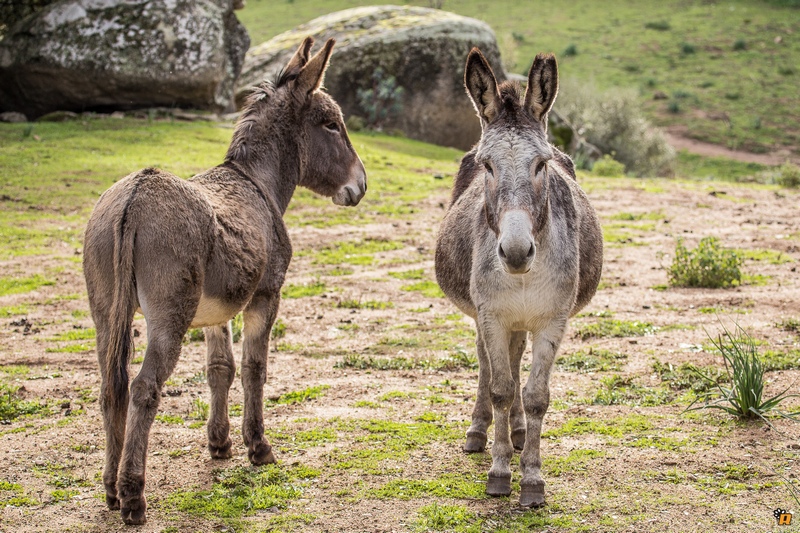 Rinaldo R
Rinaldo R
Almost at the same time as the domestication of the wild horse, the domestication of the donkey is taking place. They are often mentioned in the two oldest civilizations, Mesopotamia and Egypt.
The Romans raised reindeer for milking. They also used snakes and genetics to get rid of rodents. Conquering his find, he soon created the Order of the Geneta to reward his finest warriors. Japanese fishermen from the inland sea used it as aid to recover sunken Chinese porcelain cargo. They harnessed the octopuses and lowered them at the end of the rope. The octopus settled in one of the vases, sticking to the walls with its suction cups. Then it was enough to pull the rope to bring it all together.
In Asia, fishermen understood the advantage they could get from otters. For centuries, otters have been trained for fishing. In Bangladesh, in particular, fishermen attach otters to the end of a rope and bring in fish. But this man also faced setbacks while trying to accomplish a certain taming.
Camels: 3000-1500 HP BC.
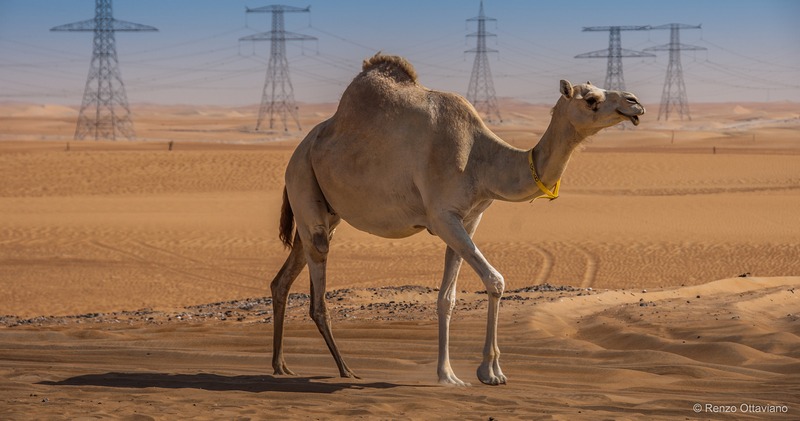 Renzo Ottaviano
Renzo Ottaviano
As beasts of burden and transport, camels occupy an important place along with horses and donkeys. Two small members of the camel family, the llama and the alpaca, were tamed primarily in South America. This saved both species from extinction. Neither llama nor alpaca currently exist in the wild.
Taming errors
Species that have escaped human control are called "brown" animals. There are two categories of "chess". Some animals returned to the wild because humans voluntarily abandoned their domestication, which was considered useless or unprofitable. There are animals that have escaped our control.
Among the abandoned attempts, the ostrich can be mentioned. Between the middle of the 19th century and World War II, an attempt was made to train the ostrich to sled and collect it. Today many farms in Australia use the ostrich as a tourist attraction.
In the scorched regions of North Africa and Asia, two different camel species are becoming the most important beasts of burden - the one-humped camel (North Africa, the Middle East, India) and the two-humped camel (Central Asia, Mongolia). Both are well adapted to desert conditions.
: from 2000 l. BC.
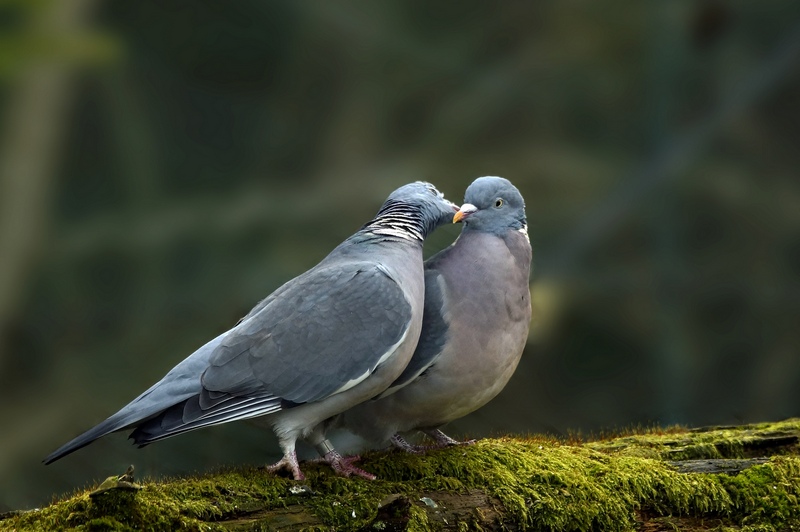 Erik 1967
Erik 1967
About 2,000 years ago, wild jungle birds began to be domesticated in Asia. Almost at the same time, pigeons appeared in Egypt. At first, pigeons simply lived and bred in close proximity to humans. But some time later, people discovered their unusual talent - to fly home.
An ostrich farm in South Pasadena, California for many years. Several recent claims have been made and then abandoned due to lack of interest. For example, an Australian is a horse. Broomy, descendants of the English settlers' domestic horses, also bred in the wild. They have become a plague of vegetation.
There are too many examples to mention. She escaped and quickly became a disaster for the environment. Converting wildlife species to human exploitable species for the purpose of providing products or services; being internal. The initial conditions for domestication, as well as the origin of the most common domesticated species, are little known. For a long time, it was believed that animals were domesticated in one region, so the methods of domestication were broadcast to the rest of the world: we talked about "the only thrust of domestication."
: 2000 l. BC.
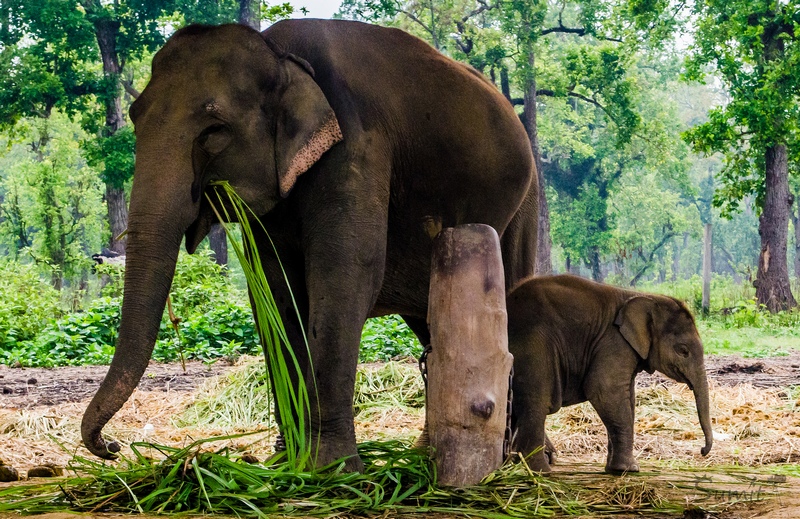 Sumit gupta
Sumit gupta
India is the region where elephants were tamed during the Indus civilization. It is not known exactly when the elephants began to be trained for war, but there is a large body of evidence that they were a valuable military force in India and North Africa. The ability to learn tricks also makes elephants a popular animal in the Roman circus arena.
Numerous archaeological excavations carried out in the Middle East, and especially around the Fertile Crescent, did provide evidence of very old domestication of goats and pigs, but very similar dates were soon obtained for other very distant regions, proving that animal domestication was not an isolated or unique phenomenon. ...
Over the past two decades, a combination of research in various fields such as archeology, animal paleontology, osteology or palynology suggests that domestication took place almost simultaneously in several regions of the world. in a limited number of households.
If you find an error, please select a piece of text and press Ctrl + Enter.
Domestication, or domestication (from lat. domesticus - "domestic") - this is the name of the process of changing wild animals, during which these animals are subjected to artificial selection and kept isolated (for many generations) from their wild form. However, not all animals were able to get along with humans, as few of them were able to overcome their fear of him.

Genetic scientists have found that the first wolves were domesticated in South Asia. The oldest find that testifies to the domestication of a wolf is a skull found in the Goyet cave in Belgium, its age is 31,700 years, slightly less than the age of the remains found in the Chauvet cave in France - 26 thousand years.
As soon as a person began to lead a sedentary lifestyle (about 10 thousand years ago) and took up farming, a cat appeared in his house, which protected his grain stocks from rats and mice, which were stored in barns.

flickr / cat woman of 3
The first occurred in the Middle East, through the domestication of a wild Nubian (Middle Eastern) cat. Millions of cats living in our time can "boast" of their Middle Eastern origin.
For almost the same period (at least 10 thousand years), sheep and goats live next to humans. The ancestor of the domestic goat was a mountain ram, which lives in Western Asia and Southern Europe. As a result of careful selection and crossing, more than 150 breeds have emerged that vaguely resemble their wild and ancient progenitor.
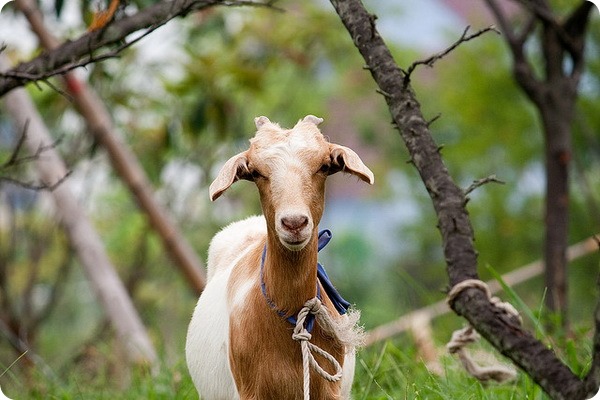
Around the same period, the first appeared, descended from the wild bezoar, or, who lived in the same areas as the mouflon. There are not so many breeds of domestic goats, however, they are very diverse.
It is assumed that the horse was domesticated more than 6-7 thousand years ago (from other sources - about 9 thousand years ago). The ancestor of the modern horse is (lat. Equus ferus ferus) Is an inhabitant of the forest-steppe and steppe zones of Eurasia.
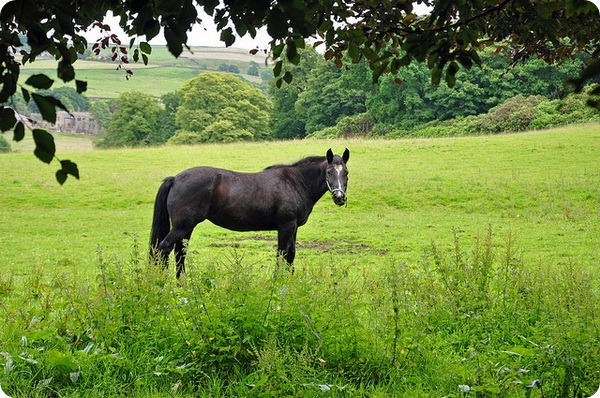
Domestication took place, scientists say, in several areas at once. This is justified by the fact that domestic horses lack a common genetic root. The first domestic horses were kept by humans for meat, milk and skins. They saddled the horse much later.
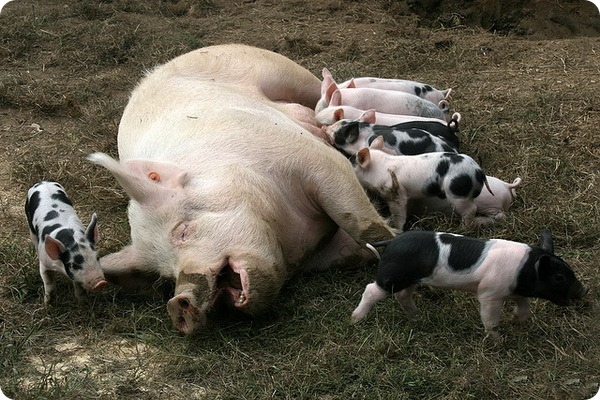
The first pigs were domesticated about 7 thousand years ago (from some sources - possibly earlier) and they descended from a wild pig (lat. Sus scrofa). It spread mainly in East Asia, in the West and in Oceania, where it became the main source of meat and lard.
The ancestor of the domestic cow (lat. Bos taurus taurus) was a wild bull (lat. Bos taurus).
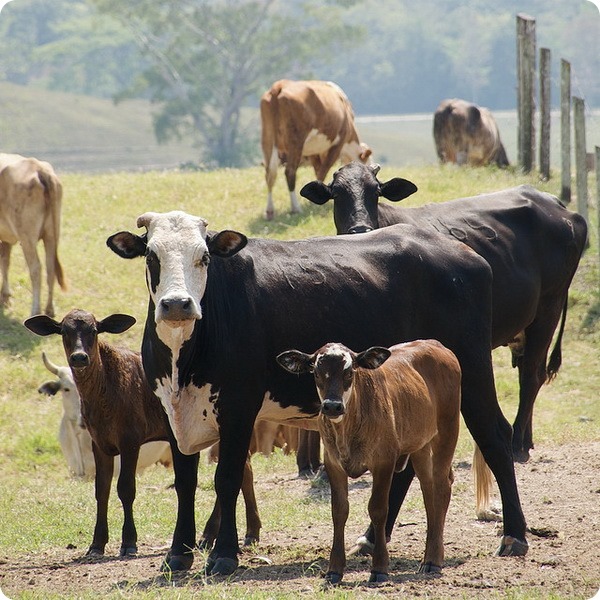
In the early stages of domestication, cows spread from the Balkan Peninsula and from South-West Asia to Africa (7 thousand years ago), and to Central Europe (about 5 thousand years ago). Since then, the cow has become a valuable source of milk and meat.
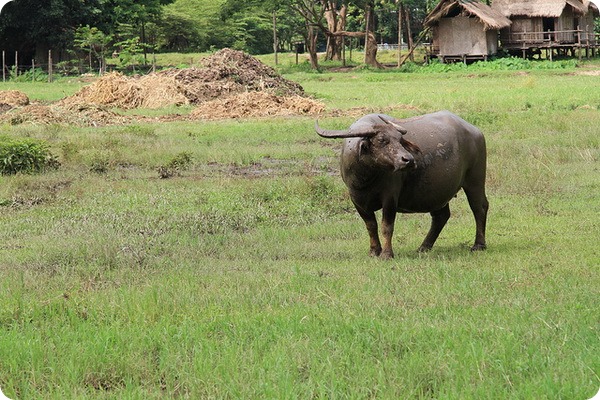
7.5 thousand years ago, the Asian buffalo was domesticated (lat. Bubalus bubalis) is a strong and dangerous beast, which is now called an ox. Now in hot Asian countries, they have become the main source of meat and skins, as well as an irreplaceable draft force.
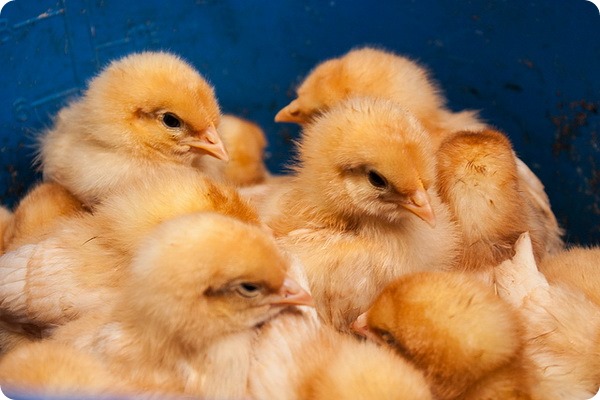
It was previously thought that the first domesticated chickens appeared in India about 2,000 years ago, but more recent research has shown that the first chickens were domesticated in Southeast Asia and China around 6,000-8,000 years ago. And the domestic chicken originated from the wild bank chicken (lat. Gallus gallus) living in Asia.
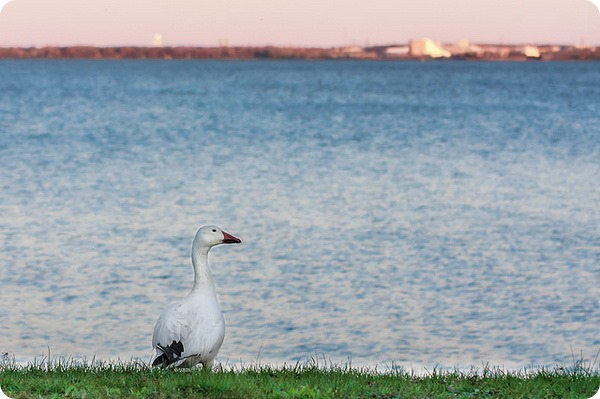
The goose is considered one of the oldest domestic birds and was domesticated quite early (more than 3-4 thousand years ago) in ancient China. Its ancestor is considered to be a wild gray goose (lat. Anser anser). New breeds of domestic goose were bred mainly in Europe.
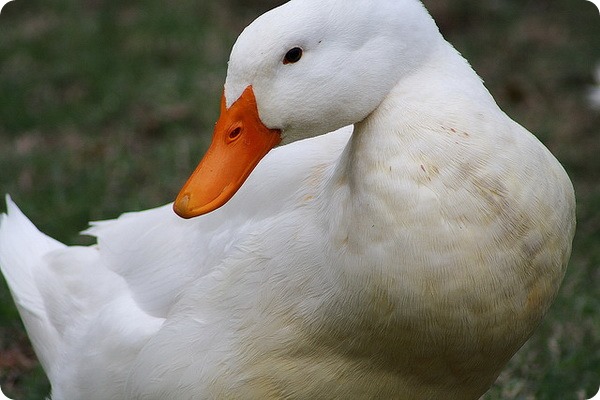
They were domesticated in China and Europe at the same time as the geese, then they spread to other countries. Domestic ducks originated from the wild common duck, or mallard (lat. Anas platyryncha). The domestication of ducks took place very quickly.
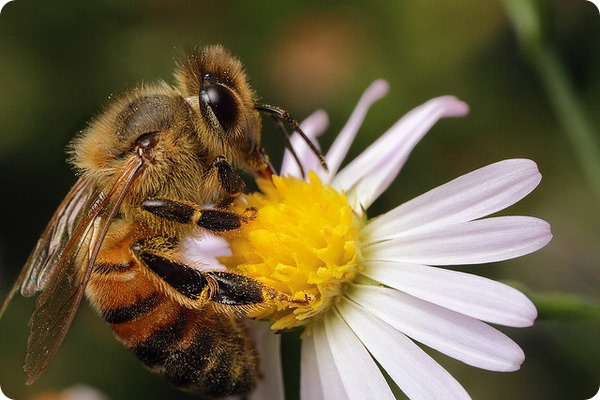
The bee was domesticated by humans about 5 thousand years ago. Since those ancient times, people have been using beekeeping products: honey, wax, poison, propolis, bee bread, etc. It was impossible to tame bees (in a certain sense), but people still learned to use them for their own purposes.
Silkworm
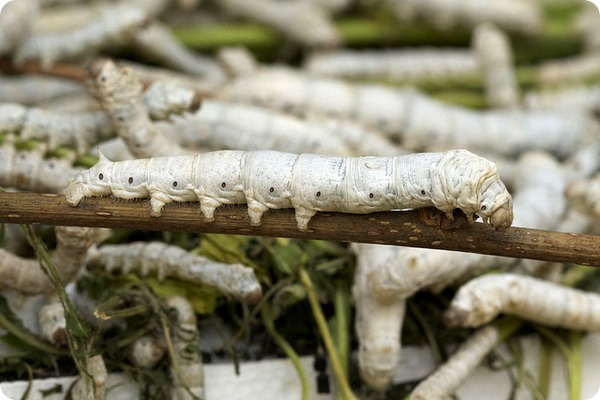
Silkworm (lat. Bombyx mori) - a butterfly, thanks to which a person learned what silk is. It was domesticated by humans in China around 3000 BC. Sericulture is the most important industry in China, breeding silkworms for silk.










